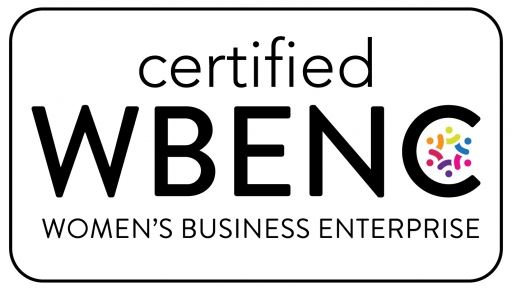
Understanding the potential of a new product category or targeting a new segment has long been seen as an arduous task. In many organizations, multiple individuals from multiple functions armed with binders full of data are involved in these “assess the landscape” projects. This can make for long timelines, big budgets and mounds of data that are difficult to synthesize into clear recommendations about whether and how to move forward into a new space.
Smart and successful entrepreneurs take a different approach, and corporate teams can learn and re-apply this scrappier but no less effective approach. Here are three steps teams can take to get a good feel for a new space:
1) Start with what you know. Capture and share what the team, and its “network” already knows about a new white space or opportunity. Often, we find that team members know much more than they realize they know. And, individuals on teams rarely take the time to fully download their knowledge and expertise with others on the team – there are lots of reasons why we don’t share this knowledge as a habit, but your own team is often the richest source of knowledge you have access to. And, asking thought leaders, business partners and others that you and team members are connected to is another deep well of expertise and knowledge that you can easily mine.
2) Research the public domain. As we’ve said before, [link: https://www.thegaragegroup.com/news-an-entrepreneurial-approach-to-insights/], there is a wealth of information on the web that anyone is free to access and leverage with a few simple searches. You don’t always need big budget, time intensive ethnographic consumer research. That might come later – but for now, creative web searches can lead you to up-to-the-minute facts, meaningful trends and insightful commentary on any given topic. Need some inspiration for how to start your search, ask a kid! Children are some of the most effective web-searchers we know, with their simple and often very literal queries.
3) Fill the gaps. Now, you may identify knowledge gaps as you work through these first two steps. Step 3, then is to leverage primary customer research like digital ethnography, online or in-person qualitative or observational research; or purchase trend reports or other secondary data to help to fill those gaps. Because you’ve gone through those first two steps, the strain on your budget should be considerably smaller with much more focused learning.
4) Create and iterate. Once you have learning in hand, the last step is really to put all of the data together to formulate conclusions. Don’t be afraid to form some hypotheses based on the data you gathered. Entrepreneurs learn quick, form a few hypotheses, generate ideas for solutions, and quickly move to get feedback (think online surveys and rapid fire concept development workshops). Once they have a pretty good idea of what they want to launch, they quickly get in market learning through small usage and store tests early in launch — still giving themselves time to iterate their idea as they get learning and results.
The Garage Group offers smart approaches to each step in the processes outlined above that lead to valuable consumer insights and big ideas.
Photo licensed under Creative Commons 2.0 via Flickr user: ShotsAtRAndom


